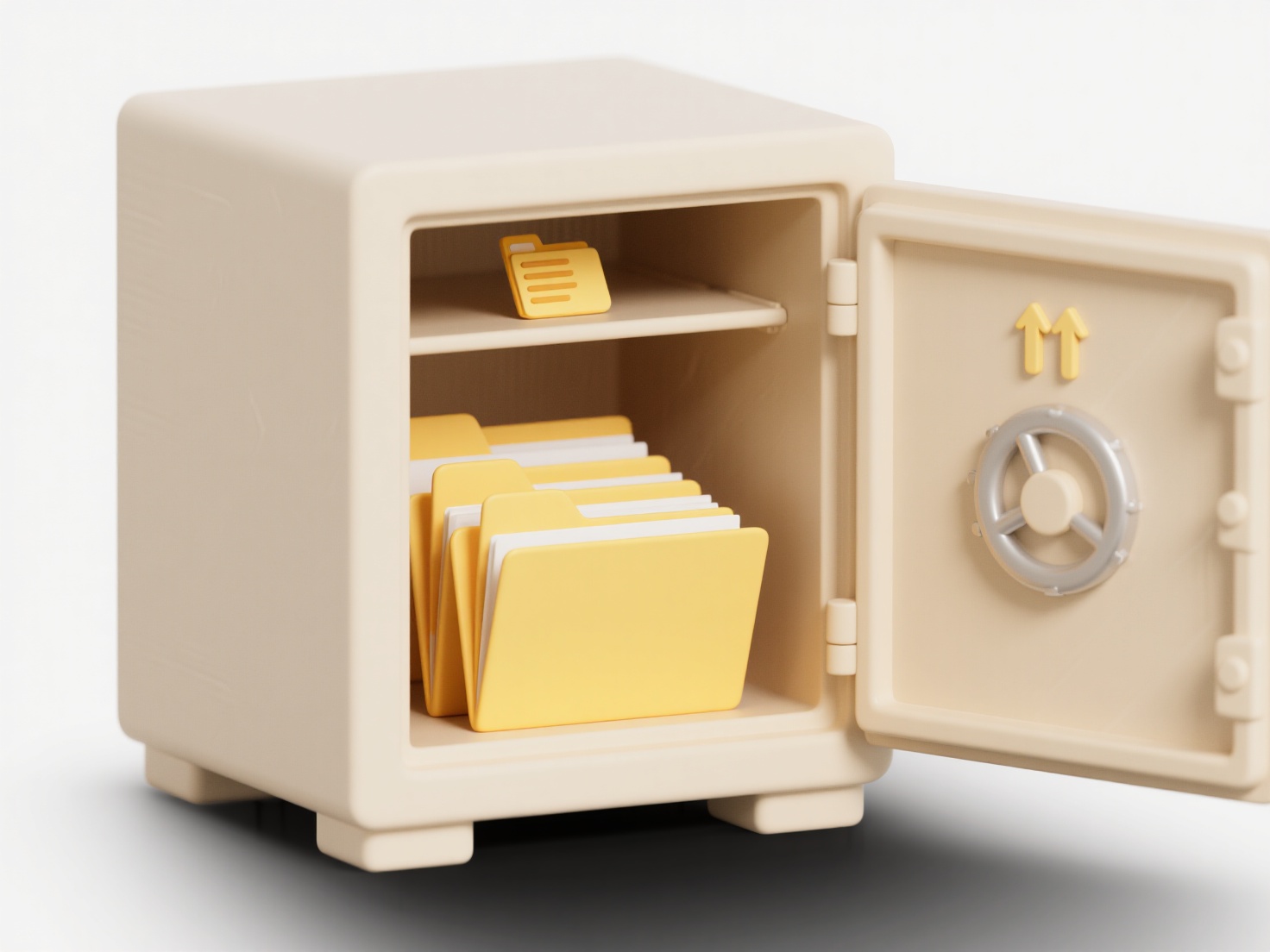
Least privilege for file sharing means granting users only the specific access needed to perform their tasks—like read, write, modify, or delete—and nothing more. This differs significantly from broad access models where many users get elevated permissions by default. It works by carefully defining user roles and precisely matching permissions to job requirements, ensuring files and directories are accessible only to those explicitly authorized. It's a core security principle preventing unnecessary exposure of sensitive data.

For example, in an HR department, only payroll staff might have write/edit access to salary spreadsheets, while other HR members have read-only access. Collaboration platforms like SharePoint or Google Drive allow administrators to set granular permissions for individual files or folders, ensuring project documents are accessible only to the specific team members who need them, not the entire organization.
Implementing least privilege significantly reduces data breaches from both external attacks and internal incidents like accidental deletions. Key advantages include enhanced security and minimized insider risk. However, management complexity increases, requiring thorough role definitions and regular access reviews to maintain effectiveness. Potential limitations involve increased initial setup time and potential delays if permissions are too restrictive. Automating access provisioning and using role-based access control (RBAC) systems are crucial future developments for sustainable adoption.
How do I implement least privilege for file sharing?
Least privilege for file sharing means granting users only the specific access needed to perform their tasks—like read, write, modify, or delete—and nothing more. This differs significantly from broad access models where many users get elevated permissions by default. It works by carefully defining user roles and precisely matching permissions to job requirements, ensuring files and directories are accessible only to those explicitly authorized. It's a core security principle preventing unnecessary exposure of sensitive data.

For example, in an HR department, only payroll staff might have write/edit access to salary spreadsheets, while other HR members have read-only access. Collaboration platforms like SharePoint or Google Drive allow administrators to set granular permissions for individual files or folders, ensuring project documents are accessible only to the specific team members who need them, not the entire organization.
Implementing least privilege significantly reduces data breaches from both external attacks and internal incidents like accidental deletions. Key advantages include enhanced security and minimized insider risk. However, management complexity increases, requiring thorough role definitions and regular access reviews to maintain effectiveness. Potential limitations involve increased initial setup time and potential delays if permissions are too restrictive. Automating access provisioning and using role-based access control (RBAC) systems are crucial future developments for sustainable adoption.
Quick Article Links
How do I filter search results by folder type or location?
Filtering search results by folder type or location refers to narrowing down your search specifically to files or items ...
How do I rename MP3 files using ID3 tags?
ID3 tags are metadata embedded within MP3 files that store song information like title, artist, album, and track number....
How can I prevent duplicate file names in the same folder?
Preventing duplicate file names in the same folder ensures unique identification and avoids accidental overwrites. Opera...